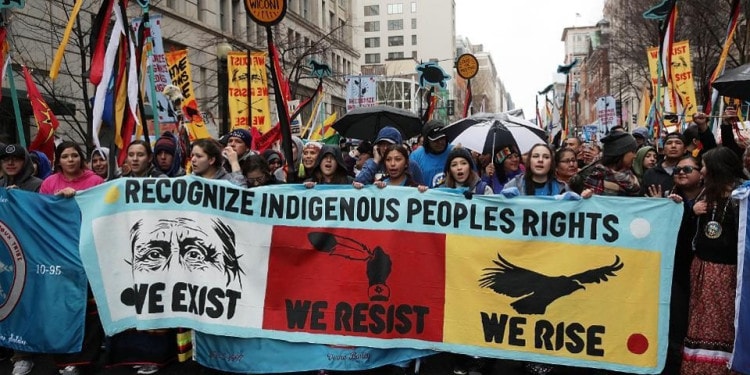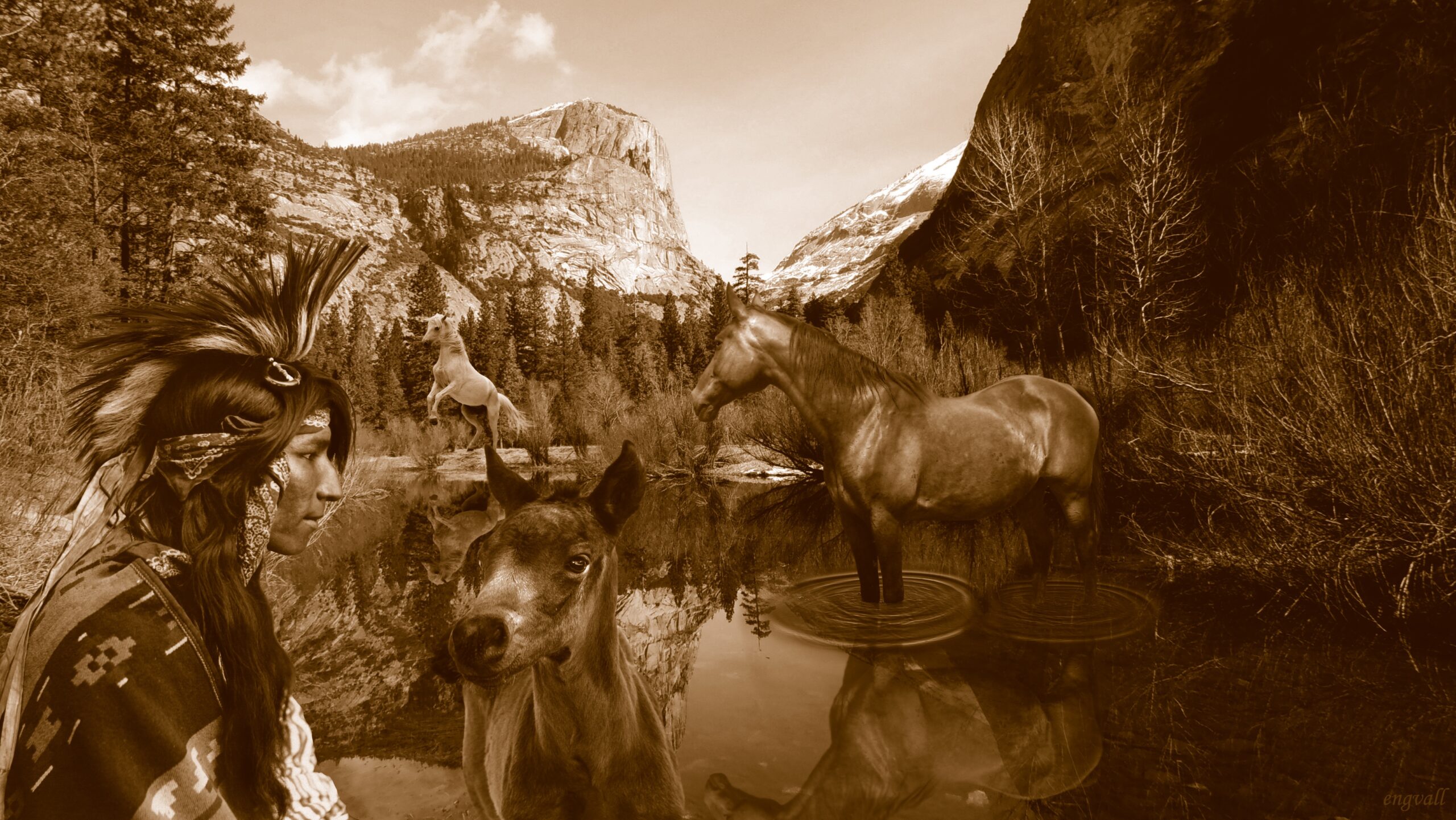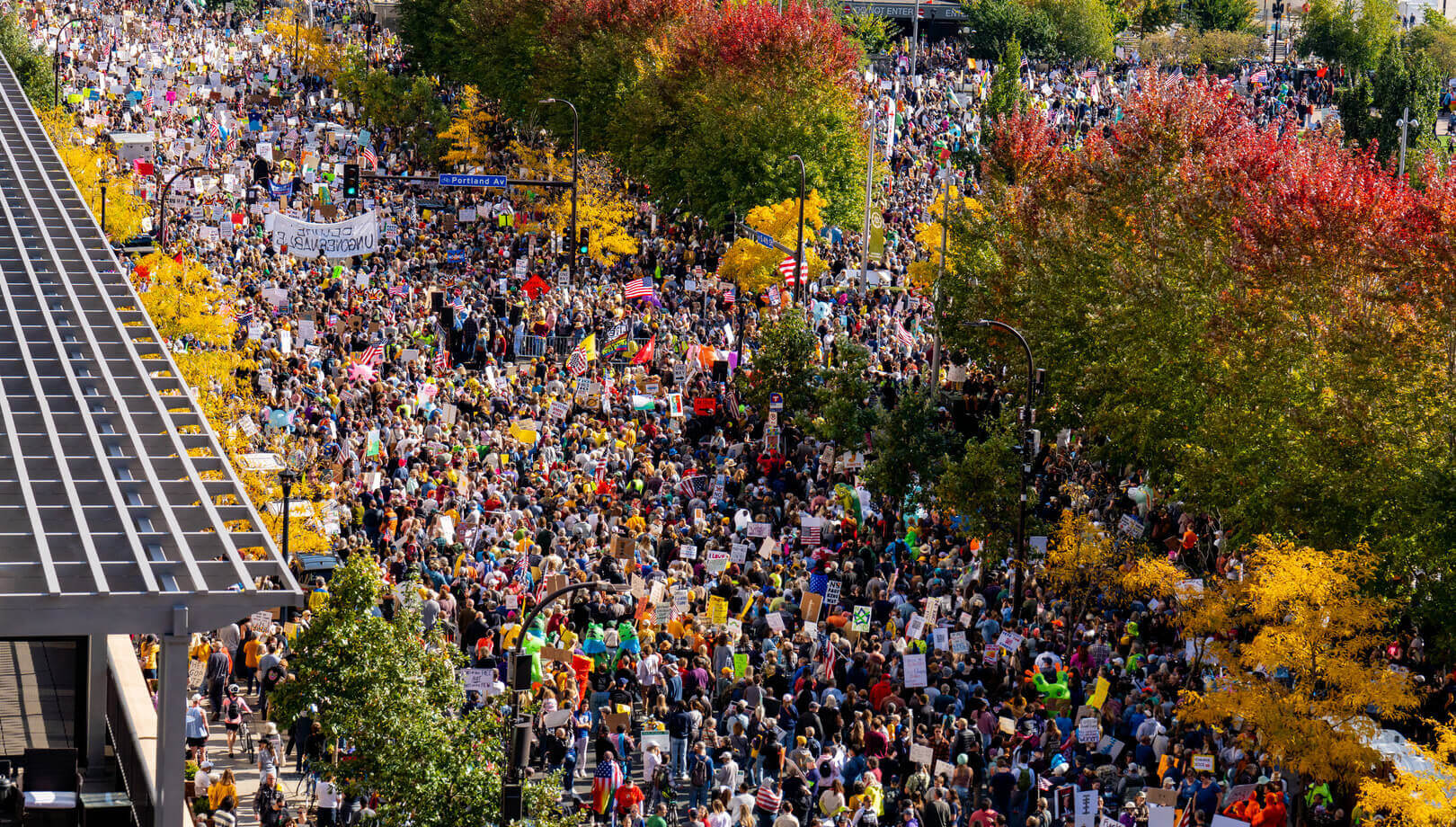(Part One)
This article is in two parts. Part One deals with the concept of indigenous peoples, the rights they enjoy, and the history behind the international documents that outline those rights. Part Two will discuss how colonization has affected indigenous groups and what key issues of concern still prevent their communities from achieving sustainable development.
September 13, 2017 will mark 10 years of the adoption of the United Nations Declaration on the Rights of Indigenous Peoples (UNDRIP). Although it is the most comprehensive universal framework that outlines the minimum standards to safeguard indigenous peoples’ freedoms, well-being, dignity, and survival, the Declaration is not the only international standard-setting instrument that sets to protect the rights of indigenous peoples. International Labor Organization (since 1957), The World Bank (since 1991), and Asian Development Bank (since 1998) have all established their own mechanisms to work towards the well being of indigenous groups across the world.
Decades have passed since the recognition of indigenous peoples and their rights, but what has been achieved and why do these international instruments matter?
Who are Indigenous Peoples?
The concept indigenous peoples is confusing to many people as most would claim the status of being “indigenous” or “native” in their own countries, as in ordinary language it often connotes immemorial occupancy of a certain territory and continuity of group identity over a long period of time. The claims that can be laid by indigenous people to the concept – and the legal rights attached to it, however, go further than simply having claims to being native to certain lands and having a group identity.
Indigenous groups assert that their lives, identities, and cultures are linked to their ancestral lands that they now are prevented from controlling due to domination and oppression by the jurisdiction of nation states. Their claims to such rights as self-determination and ownership of land, territories and resources, as well as cultural and collective rights are unique in nature.
This demand for a unique protection stems from the era of colonization characterized by slavery, genocide, and racism against indigenous people and the struggles that emerged from it and that led to destitution, low socioeconomic and political status, academic underachievement, substance abuse, prostitution, and other issues experienced by indigenous people across the world.
The working definition that is used when issues related to indigenous peoples arise was put forward by Special Rapporteur on Discrimination against Indigenous Populations, J. Martinez-Cobo, in 1986 (Martinez-Cobo, 1986, para. 379). He combined the elements of distinctiveness with the element of colonialism, applied the terms communities, peoples, and nations, and added the aspirations of indigenous peoples to preserve, develop, and transmit their territories and ethnic identities:
Indigenous communities, peoples, and nations are those that, having a historical continuity with pre-invasion and pre-colonial societies that developed on their territories, consider themselves distinct from other sectors of the societies now prevailing in those territories, or parts of them. They form at present non-dominant sectors of society and are determined to preserve, develop, and transmit to future generations their ancestral territories, and their ethnic identity, as the basis of their continued existence as peoples, in accordance with their own cultural patterns, social institutions, and legal systems.
There are approximately 370 million people in 90 countries who fall under the category of indigenous people. They live from the Arctic to the South Pacific, in countries as diverse as Taiwan, Finland, Australia, Russia, Brazil, and many others.
 IN THE PHOTO: The map shows where the majority of indigenous people are living today. PHOTO CREDIT: Our Languages Matter
IN THE PHOTO: The map shows where the majority of indigenous people are living today. PHOTO CREDIT: Our Languages Matter
Although they constitute only 5 per cent of the world’s population, due to colonization and current development processes that have had a harmful impact on their communities, indigenous people have been recognized as the most vulnerable, marginalized, and disadvantaged. Currently, they make up 15 per cent of people living in poverty and 1/3 of people living in extreme poverty.
Their existence, as is the existence of their cultures, languages, and knowledge and value systems are under a grave threat.
The History of the International Discourse on Indigenous People
The history goes back to 1494 when the Papal decree as per the Treaty of Tordesillas divided the world between Portugal and Spain that were the first European powers to build colonial empires: For the first time, peoples inhabiting the world were placed in evolutionist categories based on what country they resided in. After that, the colonization of territories and peoples worldwide followed, essentially framing the concept of indigenous, or colonized peoples, by this conquest.
At the Berlin Africa Conference of 1884-1885, the colonialist European powers met to discuss the future of territories and peoples in Africa under their rule. The Final Act of the Conference was the first international document where the protection of indigenous populations was discussed. At the time, indigenous people were defined simply as non-citizens of the countries that comprised the Great Powers, and the word indigenous did not tend to have an element of race in it. They were simply the peoples whose territory was under their control and who were indigenous in relation to them.
When the League of Nations was established in 1920, Article 22 of its Covenant took it as the European countries’ duty to promote the well-being and development of indigenous peoples who resided in remote territories under the European colonial control. Along with the same qualification for the indigenous as being people living under colonial domination, the Article had an additional, second level qualification defining them as peoples who were “not yet able to stand by themselves under the strenuous conditions of the modern world” . That factor was considered in the Covenant to determine the level of supervision indigenous peoples were to receive from the powers that ruled them.
In 1923 and 1925 two initial engagements with the emerging international institutions took place when indigenous leaders submitted their complaints to the League of Nations. The first case was that of the Cayuga Chief Deskaheh, a speaker of the Council of the Iroquois Confederacy. He claimed that the Canadian “Indian Office” violated the rights of the indigenous peoples of the Six Nations and imposed racist laws with the “Indian Act,” and that “the British Crown’s promise of protection” of his people was never enacted. Chief Deskaheh shared the wish of his people “to live under their own laws, on the own land and under their own faith.”
 IN THE PHOTO: Cayuga Chief Deskaheh, a speaker of the Council of the Iroquois Confederacy. PHOTO CREDIT: The Graphic, 1922
IN THE PHOTO: Cayuga Chief Deskaheh, a speaker of the Council of the Iroquois Confederacy. PHOTO CREDIT: The Graphic, 1922
The second case involved a Maori religious leader T. W. Ratana who pursued a case of violation of the Treaty of Waitangi by the Government of New Zealand according to which in 1840 his people received ownership of their land.
 IN THE PHOTO: Maori religious leader T. W. Ratana. PHOTO CREDIT: Museum of New Zealand, Te Papa Tongarewa
IN THE PHOTO: Maori religious leader T. W. Ratana. PHOTO CREDIT: Museum of New Zealand, Te Papa Tongarewa
Neither of them were provided an audience as the League considered the cases to be of domestic nature, but both got a chance to expose their situation to the world. What they also managed to achieve was to receive media attention: Chief Deskaheh issued a pamphlet called “Chief Deskaheh Tells Why He is Over Here Again” that was distributed in London in 1923 during his visit, and T. Ratana traveled around Europe and other countries to bring attention to the grievances of his people.
Since this initial exposure back in 1920s, indigenous peoples have been increasingly present in international institutions building reciprocal relationships with them and working to ensure that their rights are protected and respected, and no further marginalization and destruction take place. Through their struggles and persistent demands, international legal instruments and standards that recognize their rights, slowly emerged.
Around the same time, it was reported to the International Labor Organization (ILO) that indigenous peoples of Bolivia and Peru were used as slaves by foreign mining companies.
The ILO did a research on the issue and subsequently established the Committee of Experts on Native Labor in 1926 to study the situation. As a result of the study, a series of conventions and recommendation that dealt with forced labor were adopted in the 1930s.
In 1953, the Organization surveyed indigenous groups worldwide and later published another study about indigenous peoples, “Indigenous Peoples: Living and Working Conditions of Aboriginal Populations in Independent Countries”. It was a major publication by the ILO on the compulsory labor systems in rural areas in Asia and Latin America that documented for the first time coercion and abuse that were used to recruit indigenous peoples.
All the events and publications listed above did not provide any definition of indigenous people.
The establishment of the United Nations in 1945 did not offer any understanding of the term. Article 73 of the UN Charter did not have the word indigenous in it. Instead, it referred to indigenous peoples as those who live on the “territories [that] have not yet attained a full measure of self-government” .
In 1949, the UN had the first debate on indigenous issues when Bolivia proposed to establish a sub-commission of the Economic and Social Council (ECOSOC) to do a research on the conditions of indigenous populations in the Americas. Resolution 275 (III) of the General Assembly that emerged out of the debate made the UN cooperate with ILO to study the conditions of “aboriginal populations” and to establish the Andean Indian Program with the aim to “bring development” to these populations.
The Resolution was one important step forward as it shifted the understanding of indigenous from a geographical conception of “territories” to a sociological one of “populations” and “peoples.” It could be seen as one of the first steps of trying to define and recognize indigenous groups as a unique social category: the concept of people-hood implies that a group builds their identity on solidarity that draws on their relationship with land, common spiritual bond, language use, and sacred history.
In 1957, ILO adopted Convention 107 concerning the Protection and Integration of Indigenous and Other Tribal and Semi-Tribal Populations in Independent Countries. International Covenant on Economic, Social and Cultural Rights (ICESR), and International Covenant on Civil and Political Rights (ICCPR) were adopted in 1966 with entry into force in 1976. The common Article 1 of the Covenants read that all peoples had the right to self-determination.
This extension of the principle of self-determination to non-dominant groups within nation states was an important step for the recognition of indigenous peoples in the international law mechanisms. In 1970, at the UN General Assembly, the principle of self-determination of all peoples “without distinction as to race, creed or velours” was reinforced by the 2625 (XXV) Declaration on Principles of International Law concerning Friendly Relations and Cooperation among States.
The Turning Point
As the UN system started to pay more attention to the rights of indigenous people, around the same time, its Commission on Human Rights appointed Special Rapporteurs to study discriminative practices against minority groups worldwide. The first report found that indigenous peoples were “disadvantaged in relation to the rest of the population,” were “victims of … discrimination,” and continued to “suffer from prejudices” (Santa Cruz, 1970, ch. XIII, para. 1094).
In 1978, the rights of indigenous peoples were endorsed by the World Conference to Combat Racism and Discrimination. The final statement read that indigenous peoples have a right to “maintain their traditional structure of economy and culture, including their own language,” recognized their “special relationship … to their land,” and stressed that their “land rights and natural resources should not be taken away from them” .
In 1982, the UN Working Group on Indigenous Populations (WGIP) was founded within the structure of the UN. WGIP aimed to set standards to oppose the continued internal colonization of indigenous peoples. Additionally, the Working Group has provided space to consistently and systematically articulate key elements of indigenous culture, to discuss developments related to indigenous communities, and to develop solutions on how such developments are to be addressed.
Three other important matters related to this should be noted.
- First, the UN allowed for the first time a group of people who did not represent an accredited NGO, a government, or UN and other international and regional bodies to participate in a working group. This success could be attributed to the transnational cultural and political movement of indigenous peoples that fought battles on many fronts to make their claims heard and acknowledged .
- Second, a General Assembly Resolution established in 1985 a UN Voluntary Fund for Indigenous Populations to assist their representatives taking part in WGIP, helping them in bringing evidence and shaping their arguments.
- Third, starting in 1985, it gave an opportunity to draft the UN Declaration on the Rights of Indigenous Peoples (UNDRIP). However, it was not until 1995 that the Commission on Human Rights established a Working Group on the Draft Declaration. Both indigenous peoples and states were extensively involved in drafting the document.
While the Declaration was being drafted, another breakthrough in international indigenous discourse happened. In 2000 the Permanent Forum on Indigenous Issues was established by the Economic and Social Council Resolution 2000/22 .
A Big Step Forward: The Permanent Forum
The creation of the Permanent Forum on Indigenous Issues had already been discussed at the 1993 World Conference on Human Rights in Vienna, Austria when the need of a body that would monitor indigenous rights and matters was brought up, together with the need to have a platform for governments, the UN, and indigenous peoples to coordinate and exchange information on a regular basis.
 IN THE PHOTO: Brother participants. Permanent Forum on Indigenous Issues (UNPFII15) Theme “Indigenous peoples: Conflict, Peace and Resolution. PHOTO CREDIT: UN Photo/Manuel Elia
IN THE PHOTO: Brother participants. Permanent Forum on Indigenous Issues (UNPFII15) Theme “Indigenous peoples: Conflict, Peace and Resolution. PHOTO CREDIT: UN Photo/Manuel Elia
What is significant about this international body, is that indigenous groups are represented on equal terms with states. This is a novelty for the UN system as previously only states were allowed in this domain.
This shows how indigenous peoples have managed to influence the structures and orientation of the United Nations by bringing local struggles to the attention and serious consideration of the international arena. In 2007, at its 61st Session, the UN General Assembly finally adopted the Declaration. Although no definition was accepted for official use due to the politicized setting and the understanding that such a definition would have wide ramifications, the adoption of the Declaration was the key achievement of the global indigenous movement.
Ray Halbritter, Oneida Indian Nation Representative, reflected that the Declaration marked “a respect, recognition, and a beginning” of a new era for the indigenous as it was a significant acknowledgement that “the world is now aware of and supporting the concept of indigenous peoples – rather than exterminating them.”
The processes that took place and spaces that were established during its drafting and adoption are of equal importance.
Throughout the years that different indigenous groups have been working together, they have realized how similar most of their concerns are, and this has helped them develop a common, thus strong, position on world affairs in general, challenges that they pose to indigenous communities, and alternatives that indigenous systems of knowledge can offer.
 IN THE PHOTO: A view of participants in the General Assembly Hall during the opening ceremony of the Fifteenth Session of the United Nations Permanent Forum on Indigenous Issues. PHOTO CREDIT: UN Photo/Rick Bajornas
IN THE PHOTO: A view of participants in the General Assembly Hall during the opening ceremony of the Fifteenth Session of the United Nations Permanent Forum on Indigenous Issues. PHOTO CREDIT: UN Photo/Rick Bajornas
A Worldwide Indigenous Movement
This launched a transnational indigenous movement that as of now has contributed to the articulation of a framework of indigenous knowledge, philosophies, medicine, and science. It has also helped develop a moral and eco-political worldview setting out how the planet and its resources should be managed to counter the threats it faces now, in particular climate change.
Working within the UN also gave opportunities for indigenous peoples to articulate counter-arguments against states that did not acknowledge the special rights of indigenous populations. They now use the platform to network and communicate among themselves, and to force governments and the UN to address the matters pertaining to their rights and needs.
After years of debates, resolutions, achievements, and disappointments, nowadays the rights of indigenous peoples are protected by several international instruments and standards. The key mechanisms are several and include the UN Declaration on the Rights of Indigenous Peoples (UNDRIP), the legally-binding International Labor Organization’s Conventions 107 and 169, Operational Directive 4.20 and the revised version of it – Operational Policy 4.10 of the World Bank, and the Policy on Indigenous Peoples adopted by the Asian Development Bank. These organizations have defined a set of specific rights indigenous people are to enjoy. Such rights are important as they support indigenous groups in their struggles against significantly more powerful nation states and other entities.
Additionally, indigenous peoples can invoke general international legal instruments to support their claims. These include the international law of human rights and minority rights, and self-determination. The human rights law protects indigenous peoples from genocide (CPCG, 1948), racial discrimination (CERD, 1965), and torture (CAT, 1984), among others. The standards concerning minority rights ensure that state actions do not prevent their practice of religion, culture, and language (UN Declaration on Minority Rights, 1992).
Indigenous groups receive support of other international organizations as well. One notable example of a sustained commitment to indigenous rights and affairs is the International Fund for Agricultural Development (IFAD), one of the UN specialized agencies that works with the World Bank. Since 1979, IFAD has funded investment projects and provided grants for development initiatives implemented by indigenous peoples’ organizations, spending over a billion dollars. The Organization has also supported and facilitated indigenous groups’ participation in international platforms such as the World Conference on Indigenous Peoples and others, capacity building of indigenous organizations and communities, and negotiations and dialogue among different stakeholders. IFAD’s policy identifies indigenous participation and contribution as key in designing and implementing effective projects and programs that affect indigenous communities.
A lot has been done by international and domestic organizations across the world to address issues that prevent further development of indigenous communities. However, organizations working for the rights of minority and indigenous populations reported that in 2016 indigenous groups were still among the most vulnerable and marginalized peoples in the world.
In Part 2 of this article I will highlight concrete examples of the main trends and developments that affect indigenous communities worldwide.













